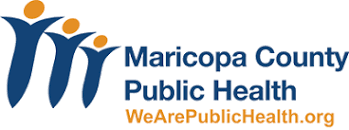Direct care planning is a game-changer for families dealing with healthcare. Think of it like having a detailed road map when you’re on a road trip—you know exactly where you’re headed and how to get there. For families, this means having a clear plan for their loved one’s care, making things way less stressful.
With direct care planning, everyone involved—doctors, nurses, family members—knows what’s going on and what the next steps are. It’s like a playbook that ensures everyone is on the same team and working towards the same goals. This clarity helps avoid mix-ups and ensures that the care is tailored to what your loved one really needs.
Plus, it helps you feel more in control and informed about the care process. Instead of feeling overwhelmed, you get to focus on supporting your loved one, knowing that there’s a solid plan in place. All in all, it’s about making healthcare smoother and more personal for everyone involved.
Completing advance care planning documents is a proactive, responsible step towards ensuring that your healthcare journey aligns with your personal values and wishes.
Why it matters: It helps you take control of the unpredictable, offering peace of mind to yourself and those you love.
Here are the five steps to help you with advance care planning:
- Think about what matters most in life.
- Talk with your doctor and loved ones.
- Fill out the documents.
- Share your wishes and your documents.
- Review and update your documents.
Use this guide from the Arizona Hospital and Healthcare Association to start your advance care planning today.


